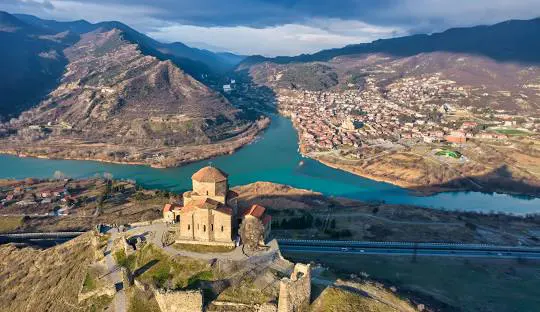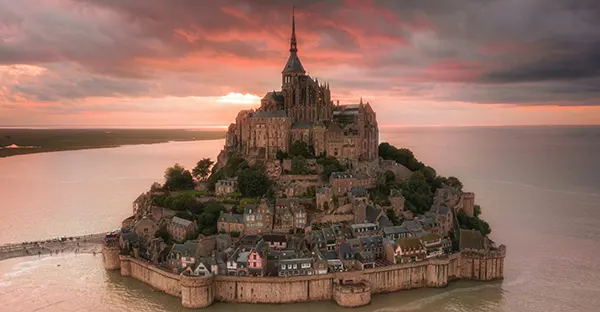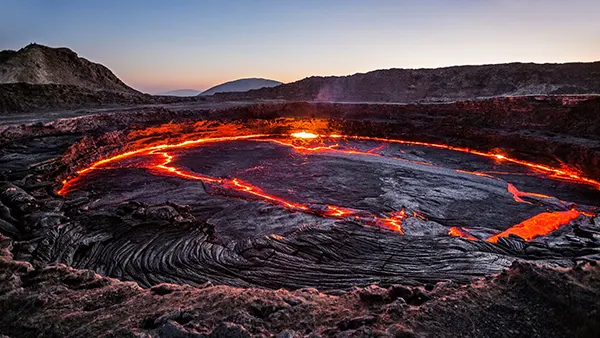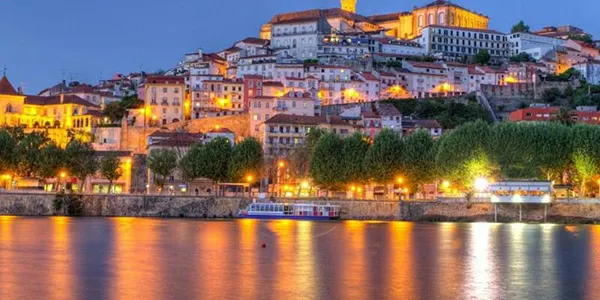
Timeless Cities: Why You Should Visit Mtskheta, Georgia
Mtskheta, one of the oldest cities in Georgia, is more than just a historical landmark. Often referred to as a “city without time”, it offers a unique blend of ancient architecture, deep spiritual heritage, and breathtaking natural surroundings. Recognised as a UNESCO World Heritage Site, this former capital of the Georgian kingdom of Iberia continues to attract travellers looking to explore the roots of Georgian culture and spirituality.
The Historical Heart of Georgia
Mtskheta served as the capital of eastern Georgia for nearly a millennium, from the 3rd century BC to the 5th century AD. During this time, it became a vital centre for both political governance and spiritual development. The city witnessed the rise of Christianity in Georgia, becoming its cradle in the 4th century when it was declared the state religion.
Visitors to Mtskheta can still feel the echoes of history in the cobbled streets and ancient churches. One of the most notable landmarks is the Svetitskhoveli Cathedral, an 11th-century architectural masterpiece revered as one of the holiest places in Georgia. It is believed to house the robe of Christ, making it a key pilgrimage site.
Another significant site is the Jvari Monastery, perched on a hill overlooking the confluence of the Mtkvari and Aragvi rivers. Built in the 6th century, this monastery is a prime example of early Georgian ecclesiastical architecture and offers stunning panoramic views of the region.
Cultural Identity Preserved in Stone
Mtskheta is not only about monuments. It is also a living museum where the past coexists with the present. Traditional Georgian crafts, local markets, and regional culinary delights create a vibrant backdrop that complements the historical setting.
The preservation of cultural traditions is visible in everyday life. Locals still practise ancient winemaking techniques and celebrate religious festivals with deep respect and participation. These experiences offer a unique perspective into Georgian identity that feels authentic and deeply rooted.
Moreover, the city’s urban layout and historical zoning laws ensure that modern developments do not disrupt its ancient silhouette. This careful balance between conservation and daily life is part of what makes Mtskheta timeless.
Spiritual Significance and Pilgrimage
Mtskheta holds immense spiritual value for the Georgian Orthodox Church and Christians across the Caucasus. It was in Mtskheta that Saint Nino, a female evangelist from Cappadocia, began her mission to spread Christianity in the region during the 4th century. Her legacy lives on in the town’s religious culture and architecture.
For many Georgians, visiting Mtskheta is more than sightseeing – it is a spiritual journey. Important religious ceremonies, including the celebration of Mtskhetoba (City Day), attract thousands each year. These events blend church rituals with public festivities, drawing believers and tourists alike into the city’s sacred atmosphere.
Monks, pilgrims, and clergy can often be seen walking the streets, reinforcing the town’s spiritual ambiance. The sense of devotion embedded in the daily rhythm of Mtskheta is palpable, especially during early mornings or on major feast days.
The Role of Faith in Everyday Life
In Mtskheta, faith is not confined to monuments. It is an active part of daily life. Locals visit churches regularly, and homes often feature small shrines. Icons and crosses are displayed with reverence, both in private spaces and public areas.
Religious practices are passed from generation to generation, ensuring that younger citizens remain connected to the city’s sacred legacy. This continuity gives Mtskheta its distinctive character as a community bound by belief and tradition.
Additionally, many travellers report feeling a sense of peace and reflection while spending time in the city. Whether participating in a liturgy or quietly walking through ancient courtyards, the spiritual aura of Mtskheta leaves a lasting impression.

Nature, Landscape, and Timeless Beauty
Set against the backdrop of the Caucasus mountains, Mtskheta offers a serene natural setting that perfectly complements its spiritual and historical identity. The nearby rivers and forested hills enhance the town’s peaceful atmosphere and provide opportunities for hiking, photography, and contemplation.
One of the best views of Mtskheta can be enjoyed from the Jvari Monastery. From this vantage point, the city appears frozen in time, its ancient walls blending seamlessly with the surrounding nature. The contrast of stone against green hills and blue sky is a visual metaphor for Mtskheta’s timelessness.
Even during peak tourism seasons, the area retains its calm. Unlike larger cities, Mtskheta is never hurried. The pace of life invites visitors to slow down, reflect, and appreciate beauty in simplicity.
Seasonal Attractions and Outdoor Activities
Each season in Mtskheta brings its own charm. Spring and autumn are particularly picturesque, with blooming flowers and golden leaves painting the landscape in vivid colours. These months are ideal for open-air excursions and riverbank walks.
In winter, the nearby mountains often get a dusting of snow, turning Mtskheta into a peaceful retreat. Religious celebrations like Christmas and Epiphany are marked with solemn ceremonies, providing insight into local customs.
Summer attracts visitors looking for a cultural break from the busier capital, Tbilisi, just 20 km away. Despite its small size, Mtskheta offers ample reasons to stay, breathe in its history, and connect with its eternal spirit.
Popular articles
-
 Mont-Saint-Michel (France): the abbey island shaped by tides
Mont-Saint-Michel (France): the abbey island shaped by tidesMont-Saint-Michel is one of the most distinctive historical sites in …
-
 Depression Danakil: Ethiopia’s Fierce and Haunting Landscape
Depression Danakil: Ethiopia’s Fierce and Haunting LandscapeThe Danakil Depression in Ethiopia is often described as one …
-
 Coimbra, Portugal — A Student City Shaped by Centuries of Academic Tra...
Coimbra, Portugal — A Student City Shaped by Centuries of Academic Tra...Coimbra stands as one of Portugal’s most influential cultural and …
